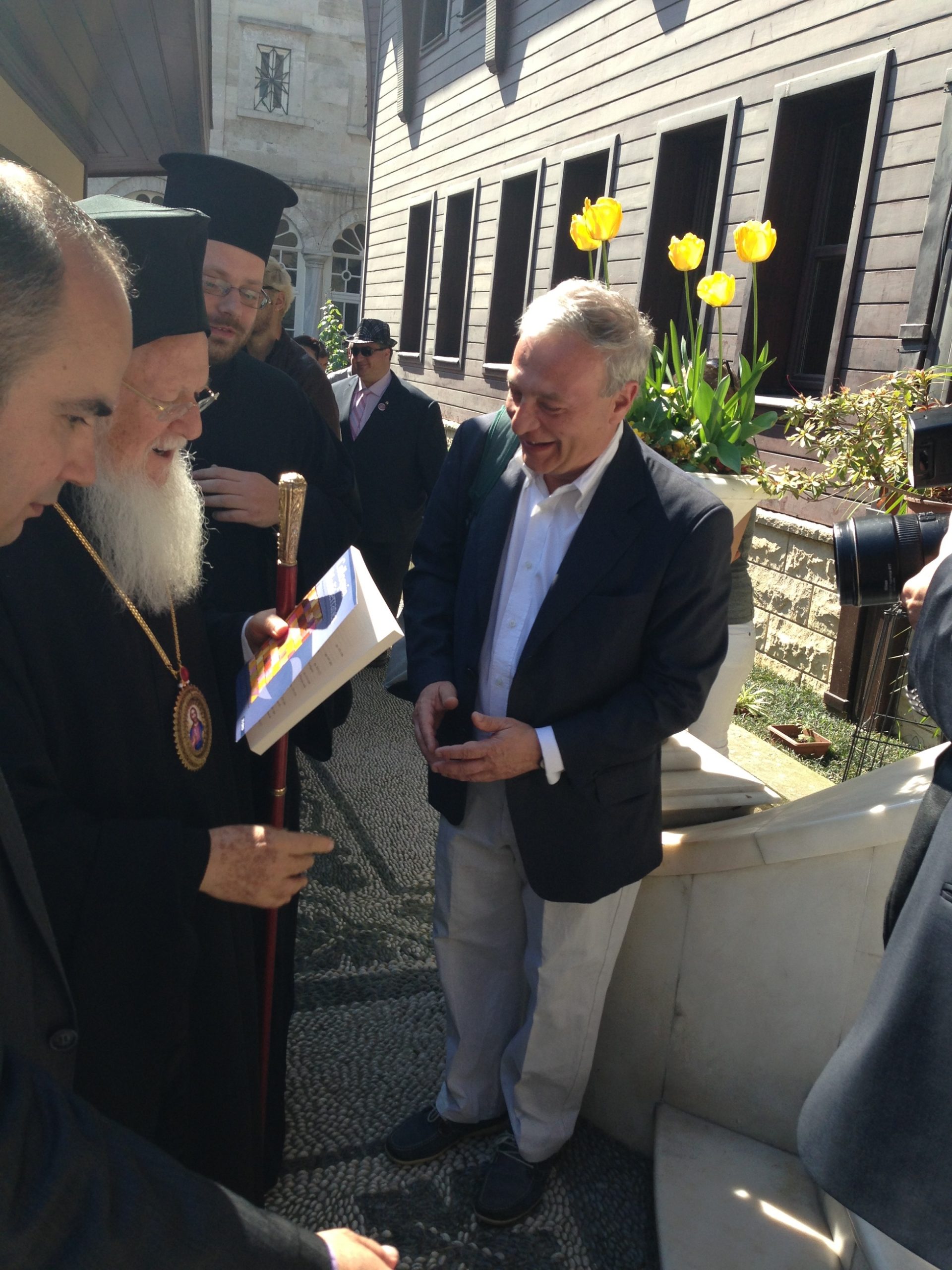
1964: Paul VI visits the Holy Land and leaves two concrete signs
by Renato Burigana
It was January 4, 1964, when Pope Paul VI arrived in Jerusalem, entering through the Damascus Gate on his way to the Holy Sepulcher. Paul VI's was a historic and unforgettable trip to the Holy Land: it was in fact the first time that a successor of Peter returned to the places where Jesus was born and lived, where the Church was born, where "we are all born," as the psalm goes. Those were the years of the Second Vatican Council, and Pope Paul VI strongly wanted that trip. The reception in Jerusalem was unimaginable. Pope Paul VI to walk the few meters separating the Damascus Gate from the Holy Sepulchre took an hour and a half, such was the crowd that had gathered in the alleys of the old city to greet him, to pay homage, to see the successor of Peter, the pope of the Council, up close. We have to imagine that in 1964 the means of communication were not what they are today, no Internet, no live TV, only photos and the stories of journalists in the print media.
In Bethlehem, Paul VI arrived on the morning of Epiphany, at 7:50 a.m. He celebrated in the cave of the Nativity, at the altar of the Magi. And in Bethlehem he wanted not only the memory but also two concrete signs to remain after his visit: the University for Young People and the Effetà Institute to care for deaf-mute boys and girls. Those two signs remained and still recall that historic visit, the first of Peter's successor. The Effetà Institute is celebrating its first fifty years of existence these days and, thanks also to the efforts of the John Paul II Foundation, has become an excellence for the care of children who cannot hear or speak.
There is a small volume that recalls those historic days, written by a Franciscan, Father Ignazio Mancini, significantly titled With Paul VI in the Holy Land, with the imprimatur of the Patriarch of Jerusalem, Father Alberto Gori, in March 1964. It was printed in Jerusalem in the printing press that the Custody of the Holy Land had and has in the Convent of St. Savior. A printing press, incidentally, to which much is owed because over these centuries it has printed maps of the holy places, biblical and archaeological studies resulting from the work of a number of professors of the Franciscan Biblical Study in Jerusalem.
Monsignor Luciano Giovannetti, president of the John Paul II Foundation, asked Riccardo Burigana and Renato Burigana in 2013 to think about and write a volume recalling that trip and the trips that John Paul II and Benedict XVI had made to the Holy Land. Times had changed and the successors of the Apostle Peter had begun to travel to the countries of the world. Giovannetti wrote in the Introduction to that volume, "It was a historical event. It also contributed to the Second Vatican Council, not only from a theological and ecumenical point of view, but also from a pastoral one. That journey marked a precise will: to go out to meet the Christians of the world, beginning precisely with the Christians of the Holy Land."
To this volume, the only one that reconstructs the popes' trips to the Holy Land, made possible through collaboration with Vatican Publishing, wrote the Preface His Holiness Bartholomew I, Ecumenical Patriarch of Constantinople New Rome. The successor to Patriarch Athenagoras who was the protagonist with Paul Vi of the historic meeting in Jerusalem on January 5, 1964. That meeting came after the division between the two churches sanctioned in 1054 and was the beginning of a dialogue between "sister churches" on their way to unity. "The photo of that embrace went around the world," writes Riccardo Burigana, "setting the stage for a dialogue that in the immediate aftermath led to the mutual removal of excommunications on Dec. 7, the eve of the conclusion of the Second Vatican Council.
"Who could have imagined that the brief visit of Pope Paul VI to Jerusalem in January of 1964 would prove to be such an historical milestone in the history of relation between East and West and in the advancement of reconciliation between the Roman Catholic and the Orthodox Churches." Patriarch Bartholomew I wrote in his Preface to Renato Burigana and Riccardo Burigana's volume, I Papi in Terra Santa, Stia, 2013 (those who wish to receive it can write to the John Paul II Foundation).
On his return to Rome, Paul VI was struck by the huge crowd that greeted him at the airport. Thousands of Romans who, along the route back to the Vatican, jubilantly welcomed the successor of Peter who had gone to the Holy Land for the first time. All the church bells rang festively, the chronicles of the time tell us. On the very evening of his return, Paul VI, wanted to meet the cardinals to whom he pointed out two paths the Church should take: unity, through ecumenical dialogue, and peace among the peoples of the world.
Photo caption: Renato Burigana hands Patriarch Bartholomew I the volume "The Popes in the Holy Land," published by the John Paul II Foundation.
